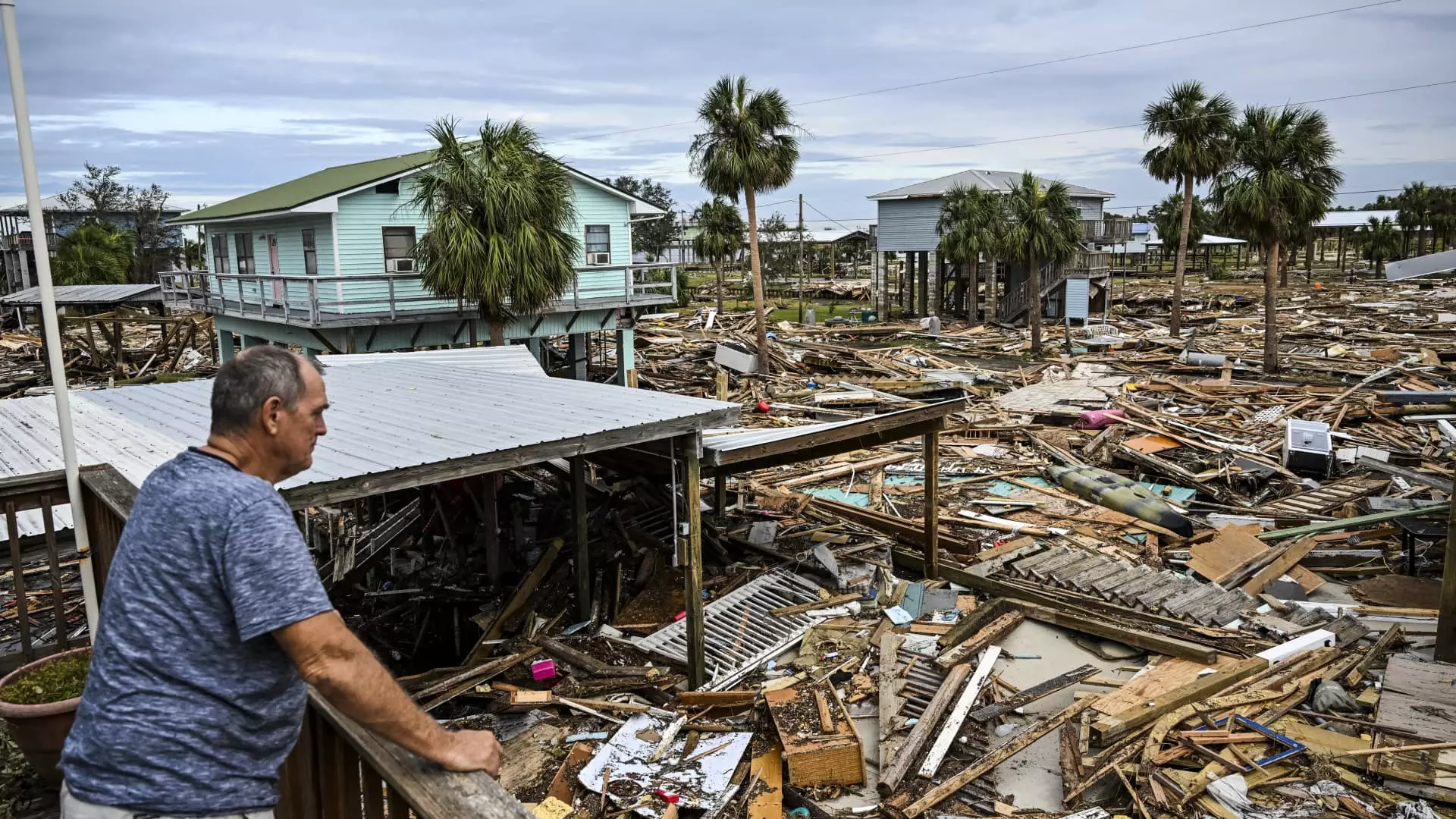Natural disasters profoundly affect communities, not only disrupting lives but also creating significant financial repercussions for individuals. The aftermath of such disasters often leaves victims scrambling to seek assistance, including tax relief options. However, the path to obtaining tax deductions and credits can be riddled with complexities that many individuals may find overwhelming. This article delves into the intricacies of tax relief eligibility and the fundamental considerations that affected individuals should be aware of, following natural disasters.
In a stark reminder of nature’s unpredictability, recent events such as Hurricane Helene and Hurricane Milton have wreaked havoc across various states, including Florida, Georgia, North Carolina, and more. These storms have led to enormous losses, with damage estimates potentially reaching tens of billions of dollars. Victims from both insured and uninsured properties may find themselves eligible for tax relief through the IRS’s casualty loss tax deduction program. However, understanding the qualification criteria and the filing process can prove to be daunting.
Historically, the casualty loss deduction was more accessible. Before the implementation of the Tax Cuts and Jobs Act (TCJA) in 2017, taxpayers could claim deductions for a wider variety of personal losses resulting from disasters, including home damage caused by unexpected events. Presently, qualifying for this deduction has become more limited. Only losses occurring in federally declared disaster areas are eligible for the deduction, significantly narrowing the pool of applicants until 2025.
To qualify, individuals must have sustained significant financial losses that necessitate a careful appraisal of their situation. Engaging the services of a certified public accountant (CPA) can be valuable in navigating the complexities of this process.
Calculating the Casualty Loss Deduction
Navigating the casualty loss deduction calculation can be intricate. Essentially, this process begins with determining the adjusted basis of the property—meaning the original purchase price, coupled with any substantial improvements made. Victims then need to gauge the fair market value of their properties immediately prior to the disaster and after the damage has occurred. This contrast aids in pinpointing the financial loss.
As tax policy expert Beth Brennan notes, the IRS permits victims to utilize “safe harbor methods” for these calculations, eliminating the need for formal appraisals in certain instances. After establishing your home’s pre-disaster market value, the next step is to compare it with the adjusted basis, selecting the lesser amount to leverage for calculations.
The formula is finalized by deducting insurance benefits and any other financial relief received, along with an additional $100 and 10% of the adjusted gross income (AGI). It’s crucial to note that the higher a taxpayer’s AGI, the larger the reduction in their recognized loss, which can further complicate the process for those seeking relief.
Congressional Actions and Additional Relief Options
In specific circumstances, particularly devastating events may lead Congress to grant special considerations for what is termed “qualified disaster losses.” Under these conditions, the rules shift significantly, allowing for greater deductions. For instance, the $100 threshold may increase to $500, and furthermore, victims could add their losses on top of the standard deduction without the conventional 10% AGI cap. Understanding these nuances can be pivotal for maximizing potential tax benefits in times of financial distress.
While tax relief after a natural disaster can provide critical support to victims navigating the aftermath, the process is fraught with fine print and eligibility constraints. Homeowners and renters looking to take advantage of available tax incentives should take their time to understand the complexities involved and seek professional counsel when needed. With proper guidance and knowledge, victims can harness tax relief measures to alleviate some of the financial burden left in the wake of devastating natural disasters.

